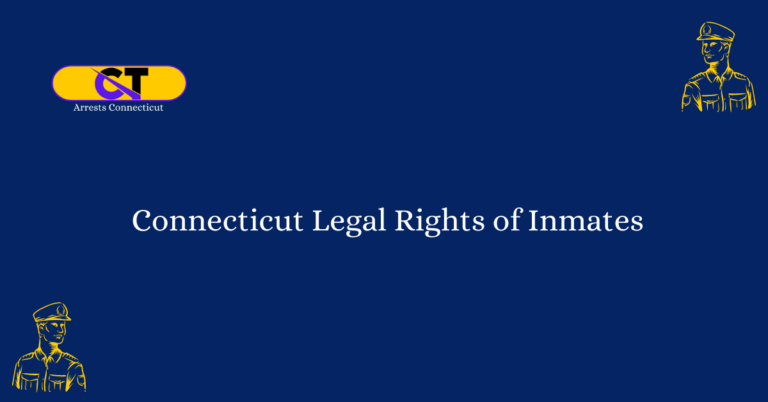Connecticut Jail Release Process
Step into a world where justice and freedom intertwine. At the heart of the Constitution State lies a meticulous process that ensures the smooth transition from incarceration to liberty. Unlocking the secrets of the Connecticut jail release process is a journey that requires knowledge, patience, and understanding.
Connecticut Jail Release: From Arrest to Freedom
When it comes to the Connecticut jail release process, the journey begins with the arrest. This crucial first step sets the stage for the entire process, and it is important to understand the key components involved.
During an arrest, law enforcement officers follow a strict protocol to ensure the safety and rights of both the individual being arrested and the officers themselves. Understanding the rights and responsibilities during this phase is essential in navigating the path towards release.
Facing the Legal System The Judicial Process
After the arrest, individuals enter the judicial process. This phase involves the court system, where the case is presented, and a decision is made regarding the charges.
Understanding the various stages of the judicial process, from arraignment to trial, is crucial in preparing for the next steps toward release. Each stage comes with its own set of requirements and procedures that must be followed carefully.
Navigating Pretrial Services Assessing Eligibility
Before the trial takes place, individuals may have the opportunity to be released on bail or other pretrial services. This phase involves a careful assessment of eligibility, considering factors such as flight risk, community ties, and criminal history.
By understanding the criteria used to determine eligibility, individuals can take the necessary steps to increase their chances of being granted pretrial release.
Meeting the Requirements of Ordered Conditions
In some cases, individuals may be released with court-ordered conditions. These conditions are put in place to ensure that individuals adhere to certain rules and restrictions while awaiting trial or sentencing.
It is crucial to understand the specific conditions set by the court and to comply with them fully. Failure to do so can result in serious consequences and jeopardize the chance for eventual release.
The Road to Release Post-Trial Considerations
Once the trial is complete and a decision has been made, the focus shifts towards the post-trial phase. This is where individuals await their release or sentencing, depending on the outcome of the trial.
Understanding the factors that influence the timing and process of release is important in preparing for what lies ahead. By staying informed and taking the necessary steps, individuals can navigate this phase with confidence and hope for a smooth transition back to freedom.
FAQs
What is the Connecticut jail release process?
The Connecticut jail release process is a meticulous and carefully designed procedure that facilitates the smooth transition from incarceration to liberty. It involves several steps and requirements that must be followed.
What happens during the initial arrest?
During the initial arrest, individuals are taken into custody by law enforcement officers. They are informed of their rights and the charges against them. They may be held in a detention facility until their bail hearing.
What is a bail hearing?
A bail hearing is a court proceeding where a judge determines whether to grant bail to the arrested individual. The judge considers factors such as the nature of the crime, the individual’s criminal history, and the likelihood of them appearing in court. If bail is granted, the amount is set.
How does the bail process work?
Once bail is set, the individual or their loved ones can post bail by paying the set amount or securing a bail bond. Bail bonds are typically provided by bail bondsmen who charge a fee for their services. This fee is usually a percentage of the bail amount.
What are the requirements for bail release?
To be eligible for bail release, individuals must meet certain requirements set by the court. These requirements may include surrendering their passport, attending all court hearings, refraining from illegal activities, and maintaining employment or educational commitments.
What happens after bail is posted?
After bail is posted, the individual is released from custody with the understanding that they will appear in court for all scheduled hearings. Failure to comply with the conditions of bail may result in its revocation and the individual being returned to custody.







